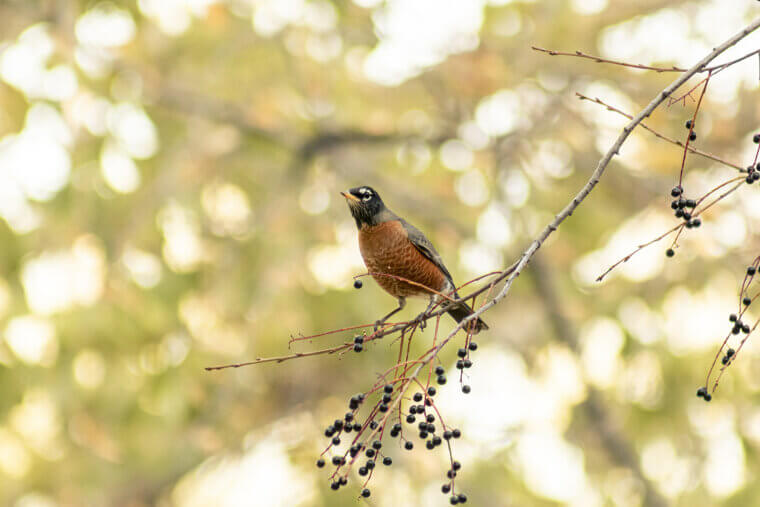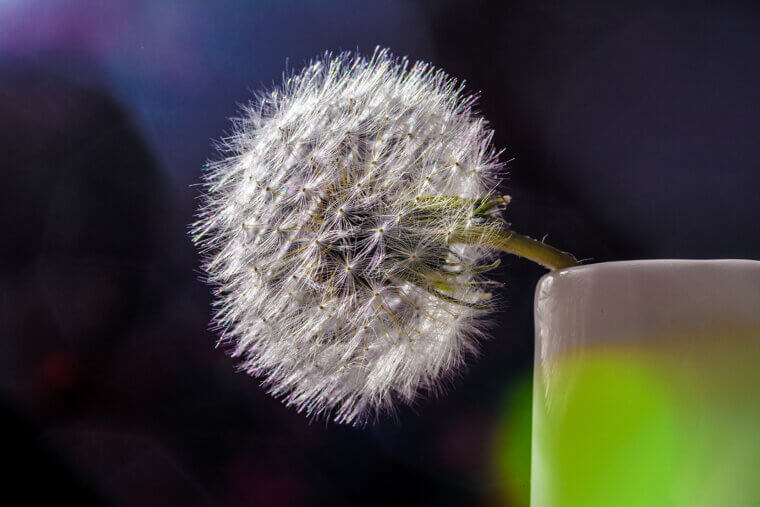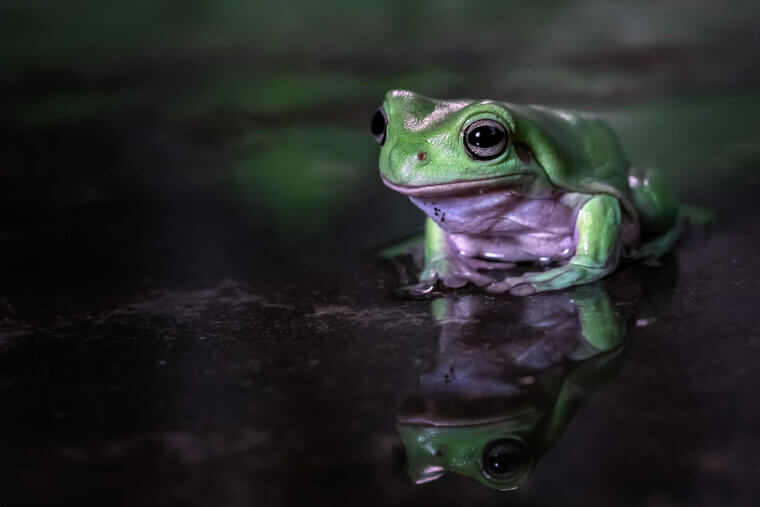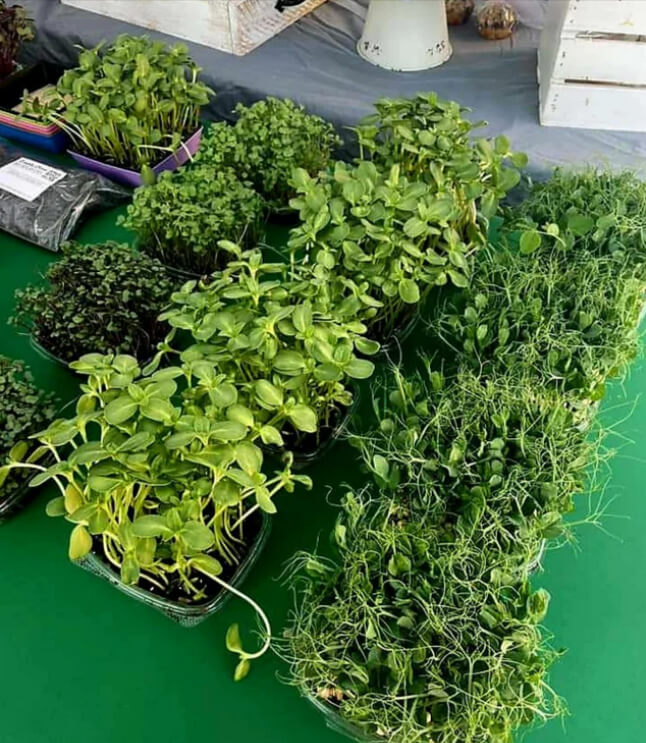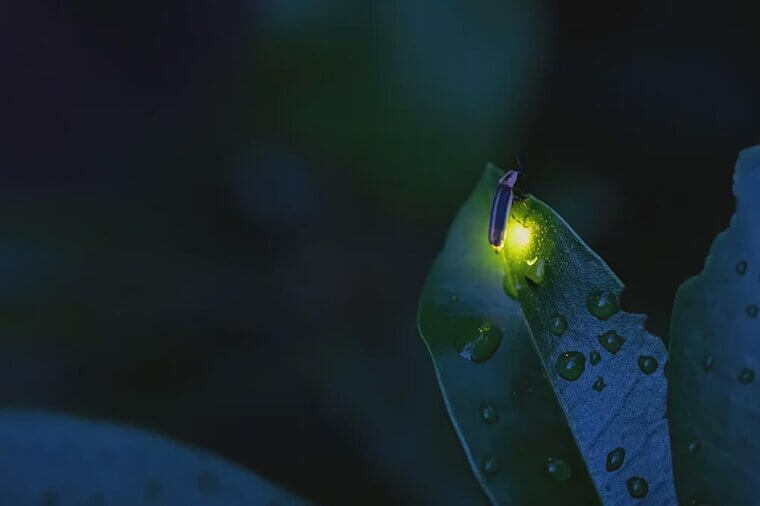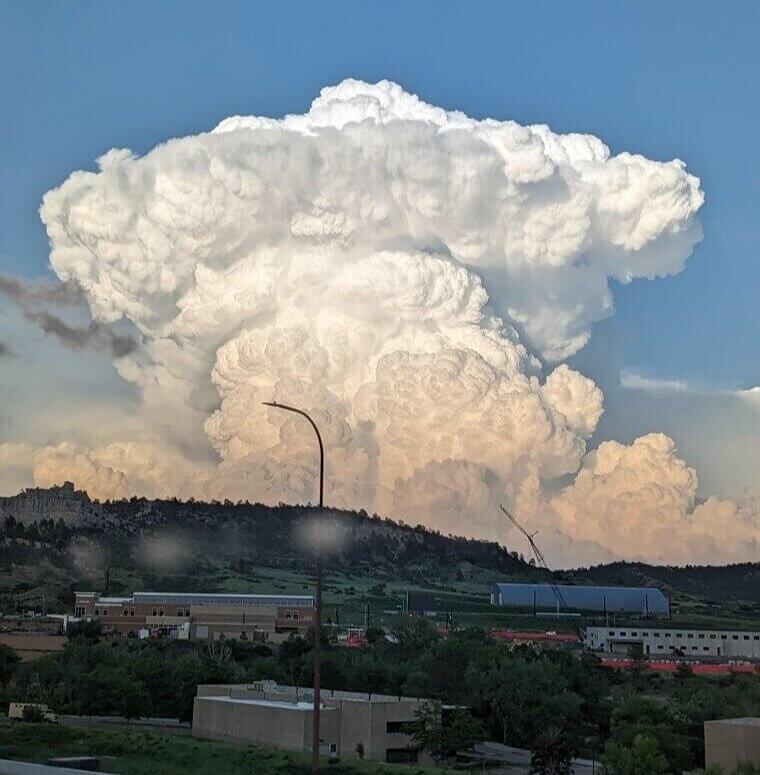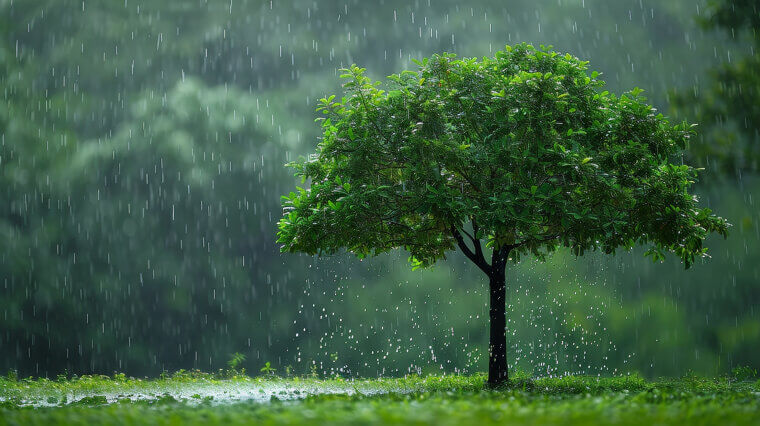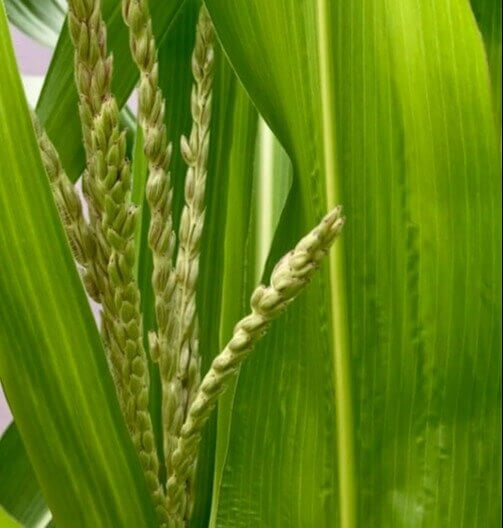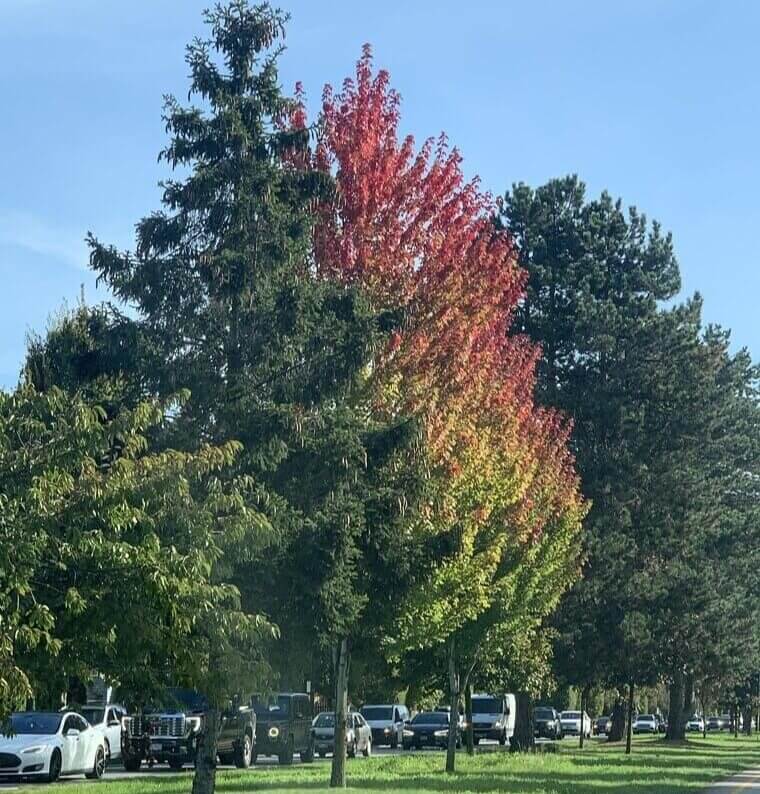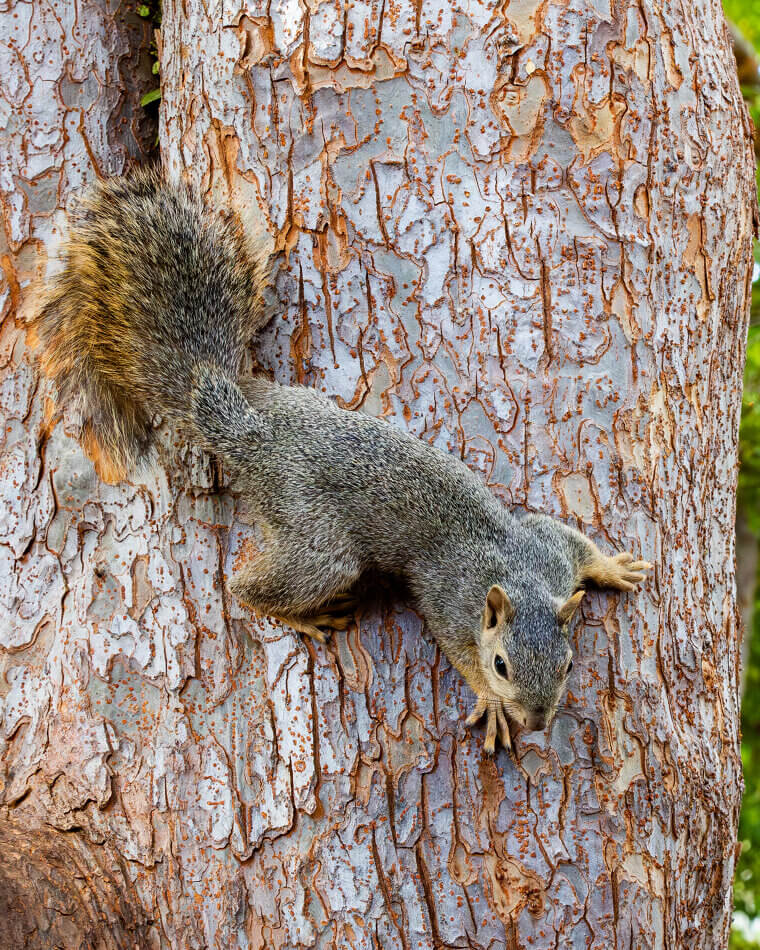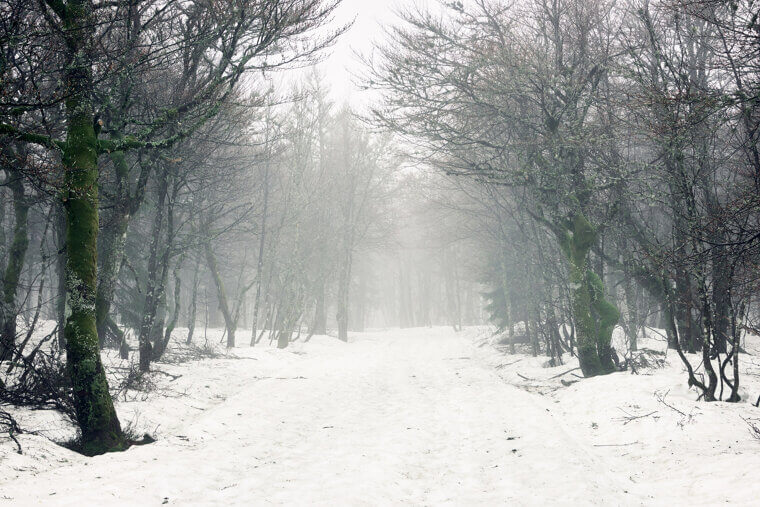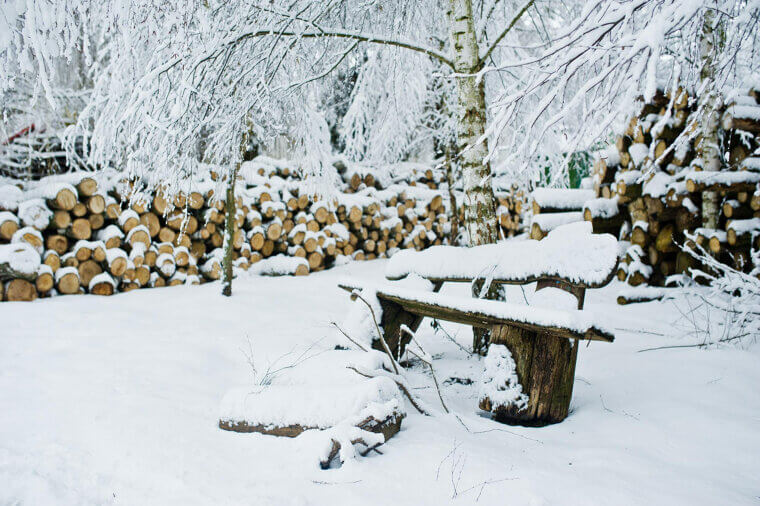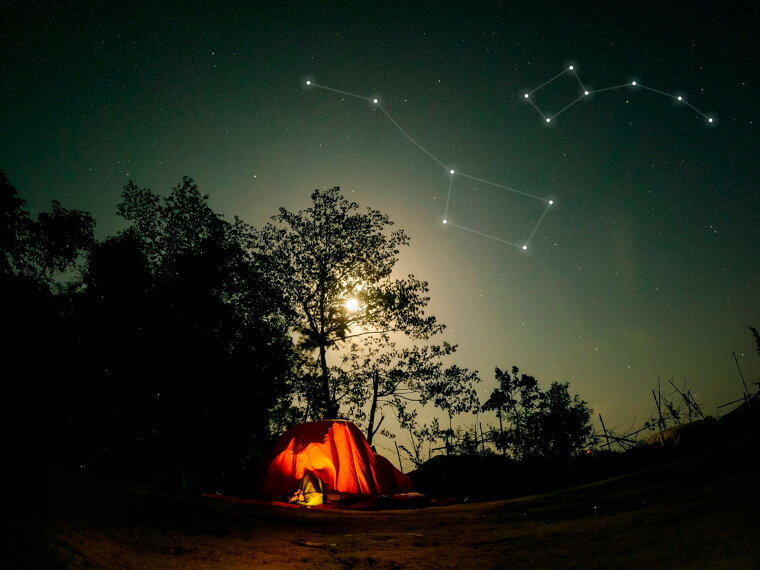Dawn Chorus Returns
Before leaves appear, the neighborhood orchestra returns: robins, wrens, and thrushes singing earlier and louder than last week. Rising day length triggers hormonal changes, fueling territorial fanfare and courtship duets. Farmers and walkers treat the “first full chorus” as spring’s starting pistol. Timing creeps north from late winter into spring, varying by latitude. To catch the change, compare pre‑dawn soundscapes weekly; when quiet fields suddenly chatter, the season has turned. Bring coffee, stand still, and let the hedgerows declare the calendar for you. Cold mornings still qualify, so layer up.
Budburst & Pollen Dust
Twigs swell and pop, signaling the official arrival of spring: buds split, catkins dangle, and a yellow pollen film adorns windshields. Warmer soil and longer days restart sap flow, pushing leaves from tight scales into fresh green flags. Communities celebrate with maple tapping and blossom festivals; allergy memes bloom right alongside. In temperate zones, south‑facing slopes and heat‑island cities lead the parade, with suburbs and hills following. Track one tree like a friend, noting bud scales cracking, then the moment of “green-up.” Bring tissues, snap photos, and welcome chlorophyll back to the block.
Frog Choir at Dusk
On warm, humid evenings, roadside ditches and pond edges become amphitheaters as tree frogs and toads tune up. The old rule, "loud frogs, wet logs," remains valid because moisture and temperature trigger breeding calls that typically occur with or just before rain. Folks planting calendars once used first chorus dates as green lights. Expect performances from late spring into early summer, especially after showers. For best listening, choose windless nights near wetlands, dim your flashlight, and stand still. The volume of sound increases before storms, acting as a musical barometer that can be heard without instruments.
First Market Greens
Markets announce spring with ingredients, not speeches. Suddenly, asparagus, peas, radishes, and tender greens elbow aside winter roots. Cool‑season crops hit maturity as soils warm, and chefs rewrite menus while farm‑share boxes flip contents. Timing staggers by latitude, but the signal is unmistakable: crunchy shoots replace storage staples. To spot it, watch stalls week to week; first a handful, then a heaping display. Bring a tote and recipes that adore chlorophyll. When vendors swap burlap for baskets, your dinners pivot with the seasons, bright, snappy, and gloriously green. Celebrate with salads and toasts.
Fireflies & Cricket Nights
Summer clocks in after dark, when meadow air glows and chirps. Fireflies sketch neon punctuation above grasses while crickets keep a steady metronome. Warm, humid nights cue insect courtship; still air and recent heat make the show bolder. Culture handles the soundtrack: porches fill, picnics linger, and campfire stories return. Look for flashes at knee height around dusk, especially after hot, still days. Count cricket chirps to estimate warmth if you’re feeling scientific. If you catch one, cup it gently, admire it, and release it; summer’s light deserves a respectful encore under clear, moonless skies.
Thunderheads at Four
By mid‑afternoon on summer days, puffy cumulus bulk into cauliflower towers, then anvils, unleashing brief, theatrical downpours. Peak surface heating plus moisture powers rising thermals; mountains and dark plowed fields act like spark plugs. Many cultures time siestas or tea breaks around this daily pulse. Expect the show wherever continents simmer, from plains to plateaus. To spot the turn, watch for crisp, bubbling tops sharpening by four o’clock. When bases darken, breezes freshen, and birds commute home, stash laundry, shut windows, and give thunder the stage for the evening encore.
Monsoon Onset Clues
Monsoon season announces itself nose-first: dusty petrichor after parched weeks, winds flipping direction, and the first thick cloud bands marching inland. The science involves a seasonal wind shift that ferries ocean moisture over land, lifting dew points and lowering cloud bases. Communities from South Asia to West Africa tie planting, festivals, and travel to this switch. In the Southwest United States and northern Australia, routines pivot too. Be alert for afternoon storms that are becoming almost a daily occurrence. When sidewalks smell like baked clay turning to bread, congratulations —the monsoon clock has just started ticking.
Stone Fruit & Corn Tassels
Peak summer arrives with sticky fingers. Peaches, plums, and berries ripen; corn suddenly shoots tassels and silks like celebratory confetti. Longer days and serious heat drive plants to pour carbohydrates into fruit and grain. Culture follows: U‑pick orchards buzz, jam jars line countertops, and roadside stands overflow. Timing varies by region, but the signal is unmistakable. Look for pecked skins and thuds under trees where birds beat you to it. Taste thoughtfully, share generously, and remember: abundance is nature’s polite reminder to bring extra napkins and empty jars in season.
Southbound Skyways
Another season flips when the sky turns into a highway. Geese draw tidy V‑formations, hawks spiral in kettles along ridgelines, and shorebirds knit tight flocks above beaches. As the days shorten, hormones and navigation programs are reset, causing travelers to head south. Communities host hawk watches and counts; binoculars become social glue. Best timing is late summer into autumn, especially on clear, breezy mornings after a front. Find a ridge or coastline that funnels traffic, face the wind, and scan patiently. Every silhouette is a postcard stamped with latitude and seasonal intent. Bring extra layers.
Leaf Color & Drop
Autumn writes chemistry in bold. As days shorten, chlorophyll clocks out and hidden pigments take the stage—carotenoids shining gold, anthocyanins painting crimson under cool, sunny days. Sidewalks crunch; cameras click; school photos add maple backdrops. Earliest color arrives in high, cool elevations, then ripples downslope. Track one species for a week‑by‑week palette shift; maples reward the habit. Wind and rain change the script quickly, so savor forecasts and detours. When you start admiring roadside ditches, congratulations: you’re leaf‑peeping, a noble pastime powered by physics and patience and comfortable walking shoes.
Squirrels Cache & Spiders Web
Autumn prep looks busy if you’re paying attention. Squirrels bury nuts like tiny bankers, mapping lawns with future withdrawals. Overnight, dew reveals wheel‑spoke webs lacing hedges and porch corners; the architects worked while you slept. Instinct, not calendar, drives caching and spinning as food stores peak and cool mornings favor silk. Yard cleanups compete with artistry and acorn rain. In temperate zones, this bustle peaks early to mid‑autumn. Spot disturbed patches low in grass and glistening spirals higher up. Resist sweeping immediately; a pause teaches the season’s syllabus for free.
First Frost & Ground Fog
Winter’s edge sparkles quietly. At sunrise, lawns turn silver and ground fog hugs fields and rivers like scarves. Clear nights with calm winds allow long radiative cooling, so grass freezes before car roofs and thin mist forms in cold hollows. Gardeners sprint for sheets while pumpkin patches glow photogenically. Expect this first in valleys and low‑lying neighborhoods; hilltops may stay clear. To spot the shift, compare surfaces—grass frosts sooner, the physics of exposure in action. Breathe slowly; you can almost hear the thermostat click toward colder settings on quiet mornings.
Woodsmoke & “Squeaky” Snow
Deep winter announces itself by scent and sound. Woodsmoke threads the air as home heating ramps, while very cold, dry air stiffens snow crystals until footsteps squeak crisply. That noise arrives near fourteen degrees Fahrenheit, minus ten Celsius, give or take humidity. Markets brighten with solstice lights and long‑night rituals; breath turns cinematic. These cues follow Arctic outbreaks in cold‑climate regions, the season’s serious mode. To test your inner scientist, listen on a clear night and check the thermometer. If the snow sings back, you’ve crossed into deep‑cold territory officially.
Constellations & Sun Angle
The sky keeps its own calendar. Constellations rotate with Earth’s orbit—Orion ruling winter evenings, while Scorpius and Sagittarius headline summer nights. Sun angles shift, stretching or shortening the arc of daylight and shading rooms differently. For millennia, navigation and myths tracked these changes, helping farmers time tasks. To practice, step outside on clear nights away from city glow, then note sunrise and sunset creeping along the horizon week by week. You’ll feel the ceiling of the season lower or lift, a cosmic nudge to swap jackets or unfold hammocks gently.
Calendars & Customs Flip
Seasons arrive on calendars and in cupboards. Festivals, wardrobes, and menus flip together: Nowruz and Holi herald spring; midsummer fairs crown July; harvest feasts close autumn; Lunar New Year brightens winter. The science is simple—human rhythms syncing to photoperiod, temperature, and crops. School terms, sports leagues, and holiday décor timestamp transitions as neatly as any almanac. Global timing varies with climate and tradition, but the choreography is shared. Watch storefront displays, community events, and recipes change in unison. That quiet, collective pivot is the year’s most reliable clock for everyone.

